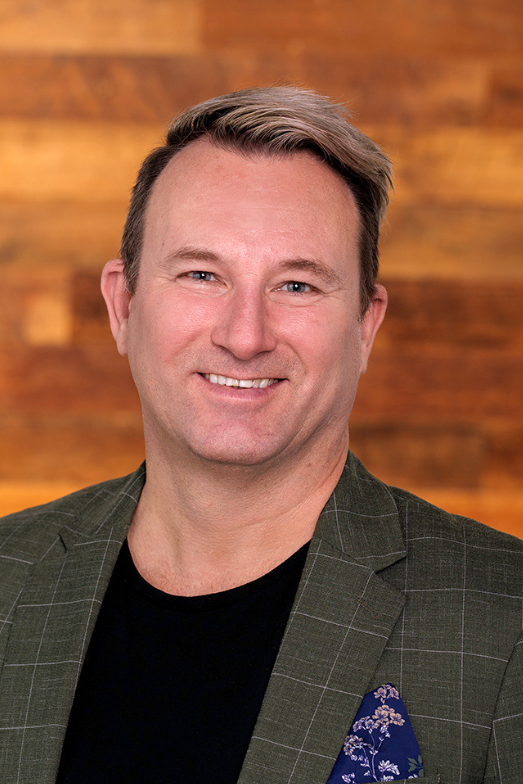

Craig Gear OAM was appointed CEO of the Older Persons Advocacy Network in 2018, after serving as its chairperson. Craig has extensive experience in health service management and health consulting. Responsible for leadership of the organisation’s Senior Leadership Team and supporting the implementation of OPAN Board’s strategic directions. Craig works to enable a flourishing and dynamic network with member CEO colleagues. He is also responsible for managing external government and stakeholder relationships.
Opening panel session: Meeting the moment. Shaping the future.
Planning for diversity: Supporting a diverse client base and workforce
Precis
The new Aged Care Act, and the Strengthened Quality Standards both emphasise the need and requirement for providers to demonstrate what they have implemented to support a diverse and inclusive environment for all their current and future clients and aged care workers.
To support a diverse client base and workforce throughout your service, it is important to understand the breadth of what diversity is.
Providers often already have initiatives in place to support people from diverse backgrounds including Aboriginal and Torres Strait Islander, CALD, LGBTI older people. In addition, the current Act includes many other diverse groups such as veterans, financially or socially disadvantaged, homeless, parents and children separated by forced adoption or removal, care leavers, remote of very remote areas.
However, the new Act expands on the diversity groups that providers need to be able to provide care and services to including people who are adult survivors of institutional child sexual abuse, neurodivergent and deaf, deafblind, vision impaired or hard of hearing.
To support and plan for all forms of diversity, there are many considerations. For instance, did you know….
• Care leavers represent 500,000 Australians who spent time in out-of-home care as a child.
• There are orphanages that have been repurposed into residential aged care homes, in some instances even under the same exact name of the orphanage that a care leaver might have grown up in. Some care leavers have been forced into the exact same building again due to lack of services in the area, this can be traumatic for them.
You may have people in your workforce and in your client base who identify with one or more diversity characteristics. Some people will not want to disclose elements of their identity. This should not dictate whether they have access to a safe and inclusive working environment, or whether they receive high quality and safe care that is tailored to their needs.
Inclusivity respects the diverse backgrounds and life experiences of every person.
Outline of presentation content:
• The 13 diversity characteristics & why they’re important
• Barriers to service access & what happens when you ignore them
• Where to go for supporting tools and resources
Providers will be provided with best practice diversity and inclusion initiatives and the knowledge needed to better support older people from diverse backgrounds.
Choice, dignity and compassion: Conversations on voluntary assisted dying panel session
Precis
Voluntary Assisted Dying (VAD) is one of the most profound and personal issues facing individuals, families and care providers. This panel will explore the realities of VAD with openness and respect, acknowledging the importance of personal choice, the role of compassion in end-of-life care, and the need to support families and staff through the journey. Bringing together diverse perspectives, the discussion will consider how aged care providers can navigate legal, ethical and cultural dimensions while ensuring dignity and humanity remain at the heart of care.